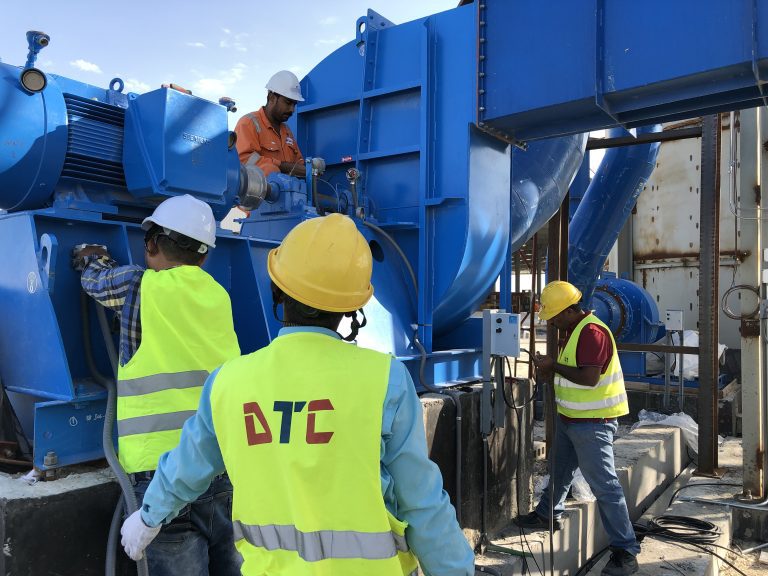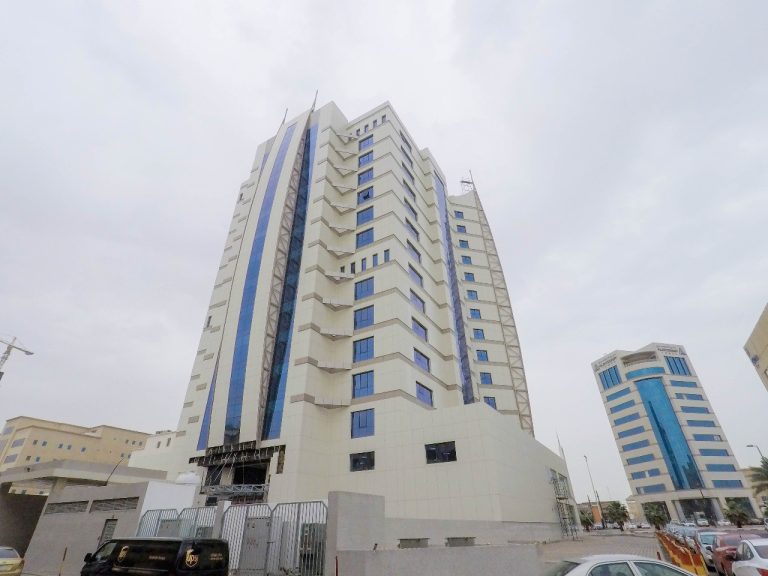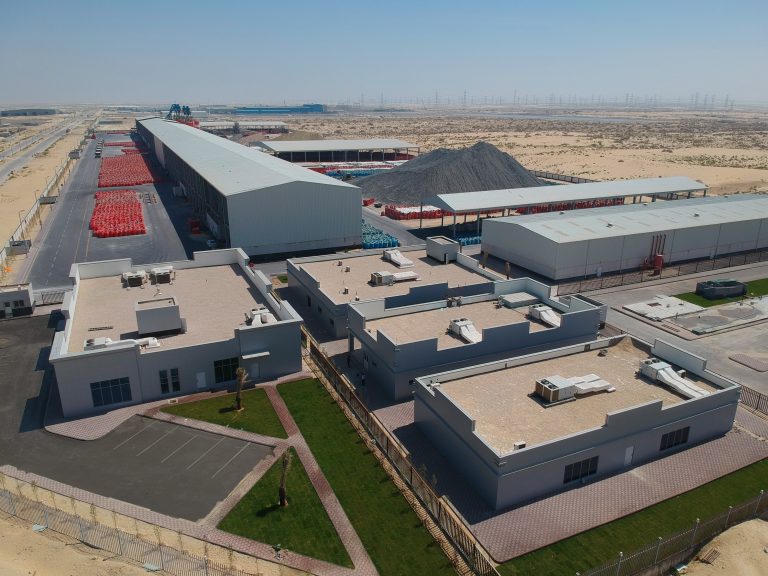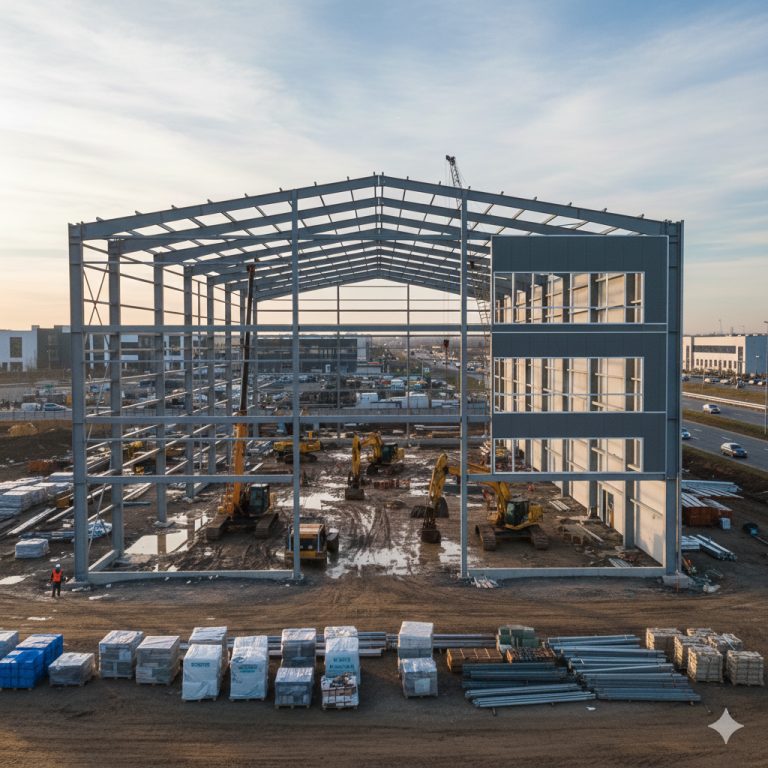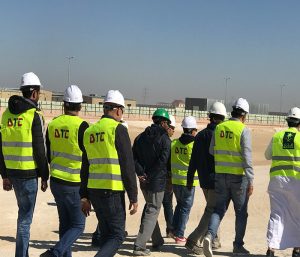hot work permits are indispensable tools for safeguarding industrial environments where high-risk activities are prevalent. By understanding the regulatory landscape, implementing thorough risk assessments, and following a structured permit issuance process, organizations can significantly reduce the potential for accidents and ensure the safety of both their workforce and facilities. As industries evolve, the commitment to comprehensive hot work safety measures remains a cornerstone of responsible and sustainable operations in industrial settings.
Hot Work , which involves activities such as welding, cutting, and brazing, poses inherent risks in industrial settings. To mitigate these risks and ensure the safety of workers and facilities, the use of hot work permits is crucial. This article explores the key aspects of hot work permits, their importance, and the procedures involved in obtaining and implementing them.
Understanding Hot Work Subheading: Identifying High-Risk Activities in Industrial Settings :
Hot work encompasses a range of activities that involve open flames, sparks, or high temperatures. This section outlines the various tasks classified as hot work, emphasizing the potential hazards associated with each, and highlights the importance of recognizing when a hot work permit is necessary.
The Regulatory Landscape Subheading: Compliance with Safety Standards and Legal Requirements :
Hot work activities are subject to regulatory standards and legal requirements to ensure workplace safety. This part of the article explores the regulatory landscape, discussing the specific standards and guidelines set by occupational safety authorities that govern hot work operations in different industries.
The Role of a Hot Work Permit Subheading: A Preemptive Safety Measure :
A hot work permit serves as a preemptive safety measure, ensuring that all necessary precautions are taken before engaging in high-risk activities. This section delves into the purpose of a hot work permit, emphasizing its role in assessing potential risks, implementing safety measures, and preventing accidents in industrial environments.
When is a Hot Work Permit Required? Subheading: Identifying Triggers for Permit Issuance :
Not all hot work activities require a permit, but understanding the triggers for permit issuance is critical. This part of the article discusses the conditions under which a hot work permit is typically required, including the nature of the work, the materials involved, and the proximity to flammable substances.
Elements of a Hot Work Permit Subheading: Comprehensive Documentation for Safety :
A well-structured hot work permit includes specific elements to ensure comprehensive documentation of safety measures. This section outlines the essential components of a hot work permit, including risk assessments, safety protocols, and emergency response plans.
Conducting a Risk Assessment Subheading: Identifying and Mitigating Potential Hazards :
Prior to issuing a hot work permit, a thorough risk assessment is essential. This part explores the process of identifying potential hazards associated with hot work activities and outlines strategies for mitigating risks, including fire prevention measures and the use of personal protective equipment (PPE).
The Permit Issuance Process Subheading: Steps for Authorization and Communication :
Issuing a hot work permit involves a structured process to ensure that all necessary precautions are in place. This section details the steps involved in the permit issuance process, including communication with relevant personnel, obtaining authorization, and maintaining clear documentation throughout the operation.
Supervision and Monitoring Subheading: Ensuring Compliance and Emergency Preparedness :
Even with a hot work permit in place, ongoing supervision and monitoring are crucial. This part of the article discusses the importance of having trained personnel overseeing hot work activities, maintaining communication channels, and being prepared to respond promptly to any emergencies.
Training and Education Subheading: Empowering Workers with Knowledge :
A well-informed workforce is key to a successful hot work permit system. This section explores the importance of providing training and education to workers involved in hot work activities, ensuring they understand the risks, safety protocols, and emergency procedures.
Periodic Review and Continuous Improvement Subheading: Adapting Safety Measures to Changing Environments :
The effectiveness of hot work safety measures requires periodic review and continuous improvement. This section explores the importance of regularly reassessing risk factors, updating safety protocols, and incorporating lessons learned from past hot work activities. By adopting a culture of continuous improvement, organizations can stay ahead of emerging risks and enhance overall safety performance.
Emergency Response Planning Subheading: Preparedness for Unforeseen Events :
No matter how thorough the safety measures, emergencies can still occur. This part of the article emphasizes the significance of having a robust emergency response plan in place. From fire extinguisher placement to evacuation procedures, a well-prepared response plan ensures that workers can react promptly and effectively in the event of an unexpected incident.
Hot Work Permit Digitalization Subheading: Leveraging Technology for Streamlined Processes :
In the digital age, there’s a growing trend towards digitalizing hot work permit processes. This section explores the benefits of using digital platforms for permit issuance, tracking, and documentation. Digital solutions not only streamline administrative tasks but also provide real-time access to safety information, enhancing overall efficiency and transparency.
Industry Case Studies Subheading: Learning from Successes and Challenges :
Examining real-world case studies offers valuable insights into the practical application of hot work permits. This section presents examples of successful implementations, highlighting best practices and innovative approaches. By learning from both successes and challenges, organizations can refine their own hot work safety protocols and enhance their overall safety culture.
Ensuring Contractor Compliance Subheading: Collaboration for a Unified Safety Approach :
In many industrial settings, multiple contractors may be involved in hot work activities. This part of the article discusses the importance of ensuring that all contractors adhere to the same safety standards and permit processes. Collaboration and communication between various parties are crucial to maintaining a unified approach to safety in shared work environments.
Public Awareness and Communication Subheading: Transparency and Trust Building :
Public awareness of hot work activities, especially in areas near industrial facilities, is crucial for building trust with the community. This section explores the importance of transparent communication regarding hot work activities, potential risks, and safety measures. Engaging with the public fosters a sense of trust and reinforces the commitment to safety.
Global Perspectives on Hot Work Safety Subheading: Varied Approaches to Safety Across Industries and Regions :
Hot work safety practices vary across industries and regions globally. This section explores how different countries and sectors approach hot work safety, taking into account cultural, regulatory, and industry-specific factors. Understanding these variations can contribute to a more nuanced and adaptable approach to hot work safety in diverse environments.
Cost of Non-Compliance Subheading: Financial and Reputational Consequences :
Non-compliance with hot work safety measures can have severe consequences. This part of the article delves into the potential financial and reputational costs associated with accidents resulting from inadequate safety protocols. Emphasizing the long-term benefits of investing in robust safety measures, organizations can better grasp the true value of prioritizing hot work safety.
Industry Collaboration on Safety Research Subheading: Advancing Safety through Shared Knowledge :
Collaborative efforts in safety research contribute to the advancement of hot work safety measures. This section explores how industries collaborate on safety research, sharing insights, conducting studies, and developing best practices. Such collaborative endeavors foster a collective commitment to continuous improvement in hot work safety across various sectors.
The Role of Leadership in Safety Culture Subheading: Shaping a Safety-Conscious Organizational Culture :
Organizational leadership plays a pivotal role in shaping the safety culture surrounding hot work activities. This part of the article discusses how leadership commitment to safety, communication, and setting a positive example can influence the overall safety consciousness within an organization. A strong safety culture is essential for ensuring that hot work safety remains a priority at all levels.
Future Trends in Hot Work Safety Subheading: Innovations Shaping the Next Era of Safety :
Looking ahead, emerging trends in safety technologies and practices are poised to shape the future of hot work safety. This section explores innovations such as real-time monitoring, augmented reality safety training, and advanced fire suppression systems. By staying abreast of these trends, industries can proactively adapt their safety measures to remain at the forefront of workplace safety.
Community Engagement and Education Subheading: Fostering Understanding and Collaboration :
Engaging with the local community and providing education on hot work safety is an integral aspect of a holistic safety approach. This section discusses the importance of building relationships with nearby residents, educating them about safety measures, and addressing any concerns. Such community engagement fosters collaboration and reinforces a shared commitment to safety.
Certification and Training Programs Subheading: Developing Competence and Expertise :
Establishing certification and training programs for personnel involved in hot work activities is crucial. This part explores the benefits of specialized training courses, certifications, and ongoing professional development to ensure that workers are well-equipped with the knowledge and skills needed to perform hot work safely.
Integration with Overall Workplace Safety Subheading: Aligning Hot Work Safety with Comprehensive Programs :
Effective hot work safety goes hand-in-hand with overall workplace safety initiatives. This section discusses the integration of hot work safety measures into broader safety programs, emphasizing the interconnectedness of various safety protocols. A cohesive safety approach ensures a unified and comprehensive strategy for protecting workers and facilities.
Adapting to Changing Work Environments Subheading: Flexibility in Safety Measures :
The nature of workplaces is continually evolving, with changing technologies, work practices, and environments. This part of the article explores the need for flexibility in hot work safety measures to adapt to these changes. Organizations must regularly assess and update safety protocols to address emerging risks in dynamic work environments.
Celebrating Successes and Safety Milestones Subheading: Recognizing and Reinforcing Positive Safety Practices :
Recognizing and celebrating successes in hot work safety reinforces a positive safety culture. This section emphasizes the importance of acknowledging safety milestones, applauding adherence to protocols, and instilling a sense of pride and responsibility among workers for their contributions to maintaining a safe work environment.
Conclusion:
In conclusion, the journey towards enhanced hot work safety involves a multifaceted approach that goes beyond compliance. From community engagement to ongoing education, certification programs, and adapting to changing environments, organizations must continually invest in and prioritize safety. As industries advance, the commitment to hot work safety remains a fundamental element of responsible and sustainable operations, ensuring that workers can carry out their tasks safely, communities are protected, and facilities operate without compromising the well-being of all stakeholders.


